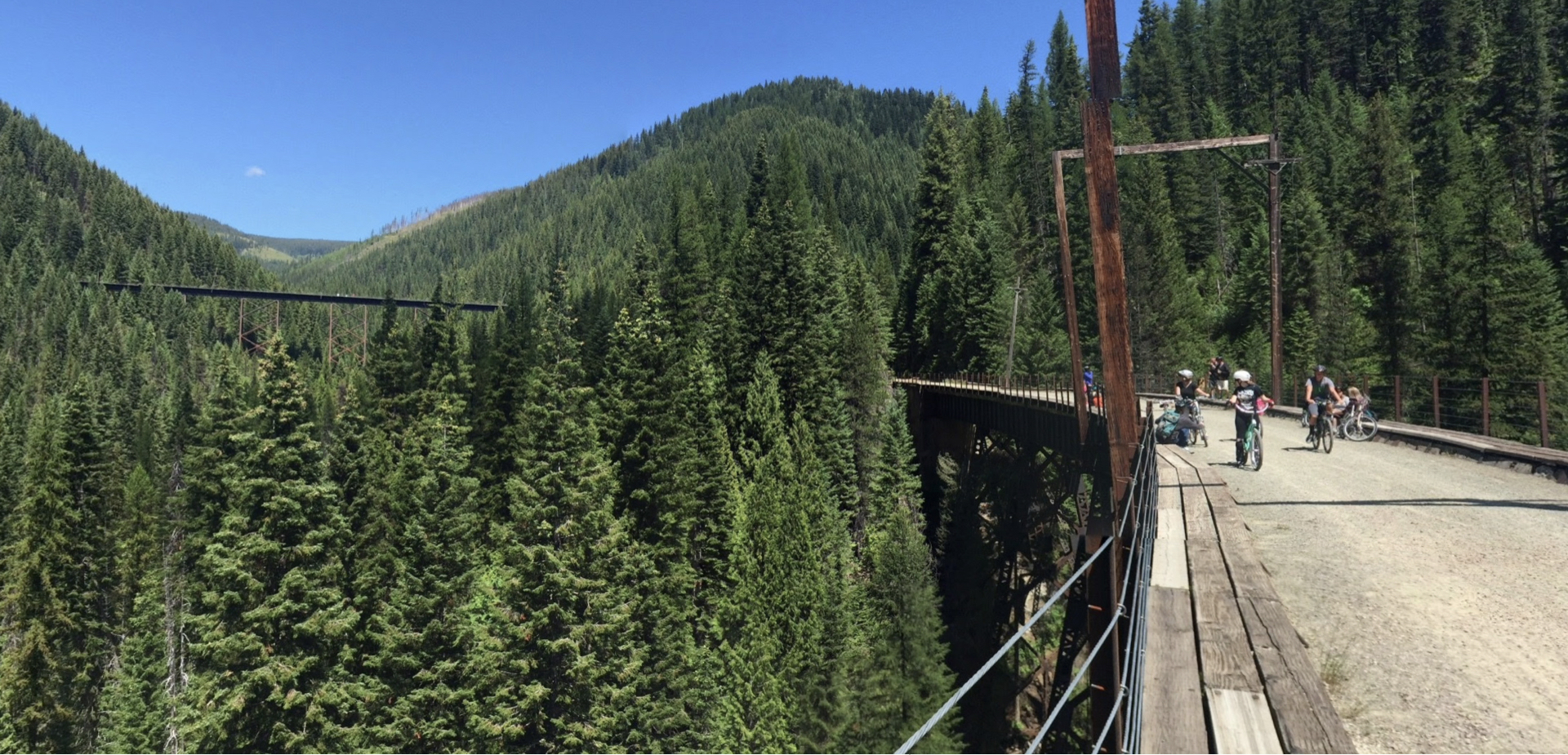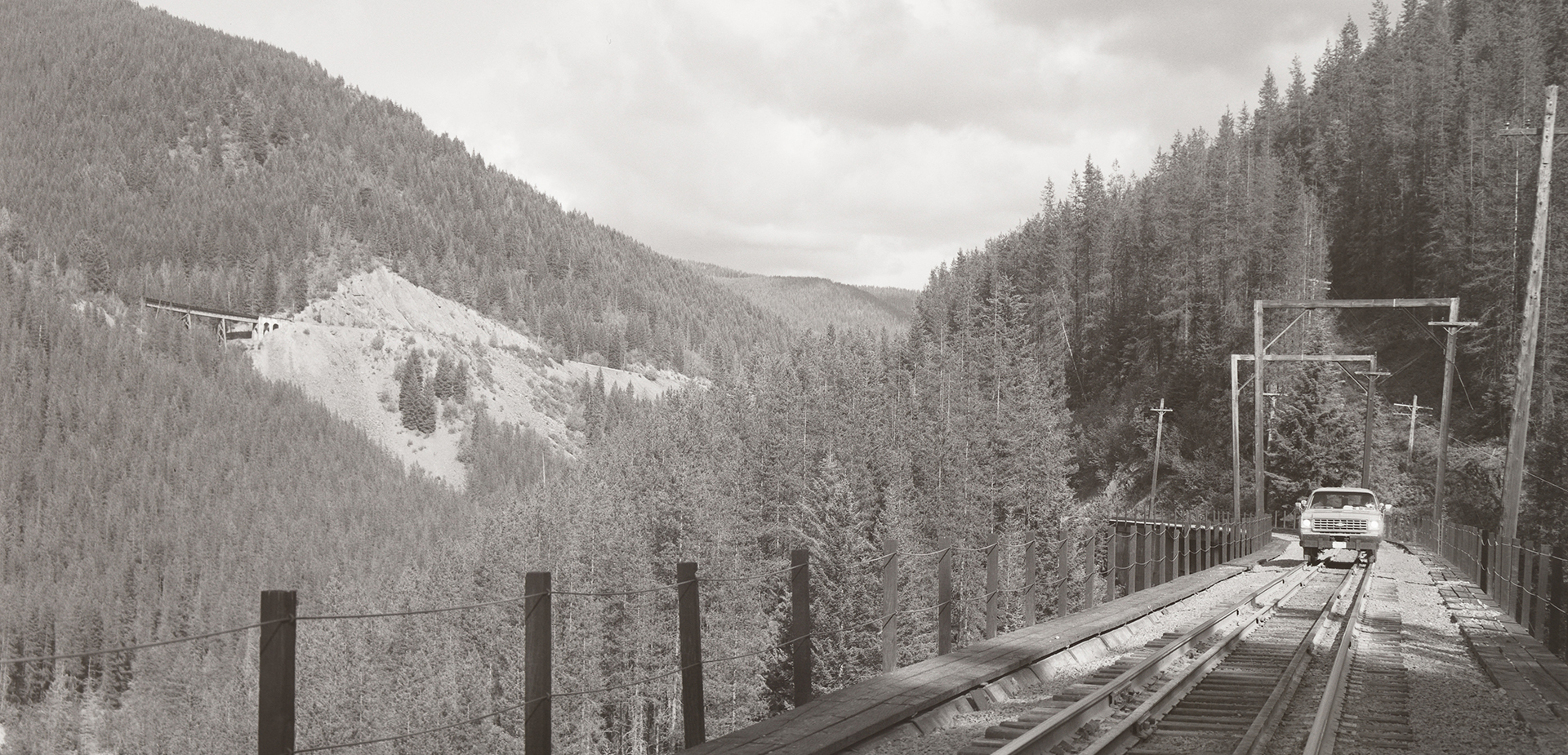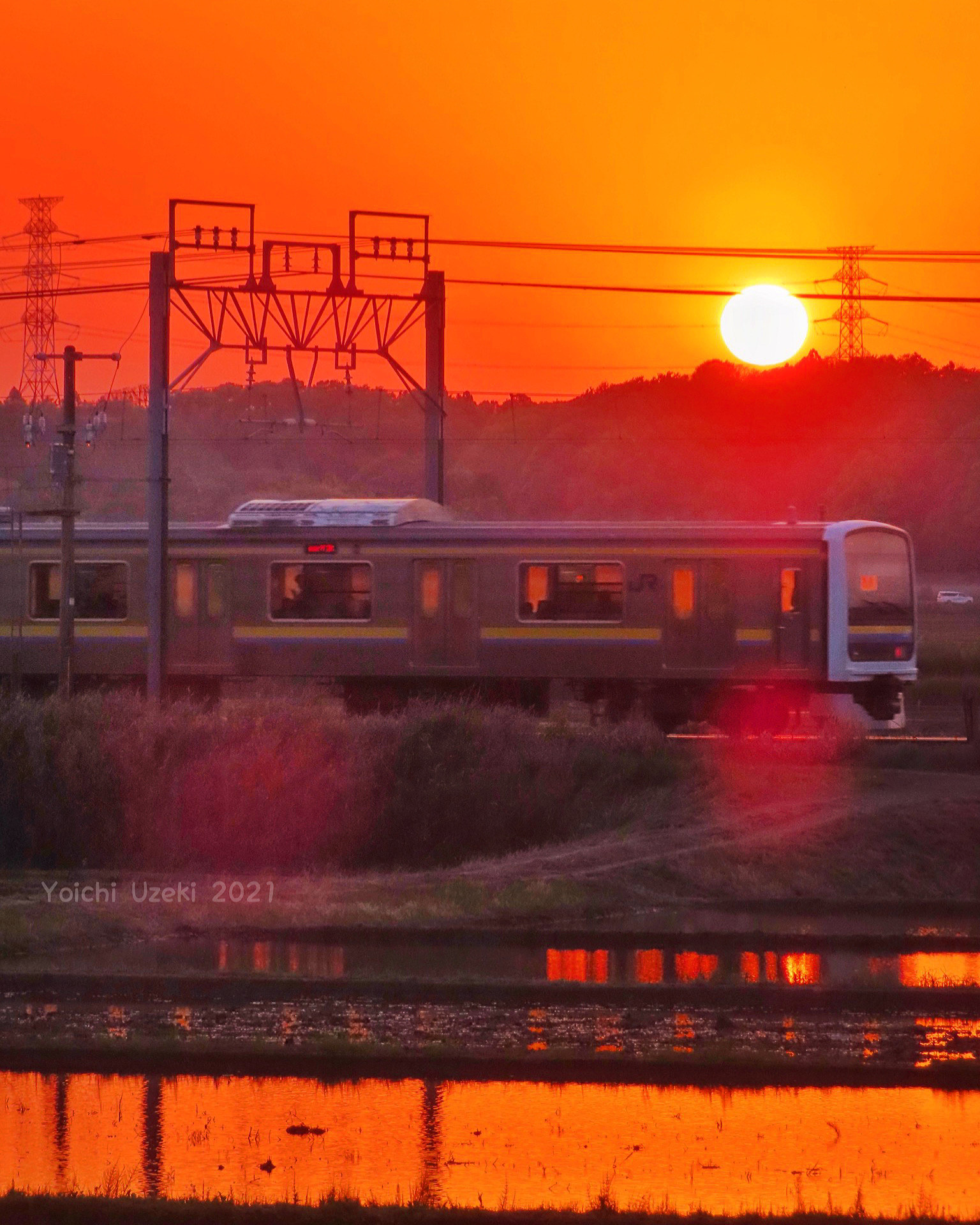About the Project
Rail-Trail Connections
We are looking for photographs showing contemporary views of rail-trails. You can help us develop a new exhibition project exploring the ways railroads continue to connect people and places, even when they no longer exist. Through the revitalization and reuse of abandoned rail lines, rail trails provide public access to former railroad spaces as recreational trails. The project aims to educate the general public about the prolific influence that railroads have left on the United States’ history, geography, economy, and community structures through the lens of the rail-trail movement and its presence in both rural and urban life.
The exhibition will be presented as re-photography using the CRP&A’s own collection for historical images juxtaposed with present-day images to contextualize the narrative of the rise, decline, and renaissance of many American railroads in a frequent tale of rebirth as rail-trails.
We need your help showing the contemporary changes along these rail lines. On the adjacent tab is a list of rail-trails set to be featured in the exhibition that still need to be photographed. They are split into two priority groups based on importance to the project.
You can photograph these trails in a number of ways.
- Re-photography: take an exact re-photograph of a CRP&A image
- Social change: show how human interactions and built infrastructure along the rail line have changed
- Landscape/Environmental change: show how the physical landscape along the rail line has changed
For information about submitting to this project please send a note detailing which trail(s) you would be interested in photographing to submissions@railphoto-art.org. Our exhibition staff will provide you with additional information about the best approach to photographing a specific trail as it relates to the exhibition narrative.
There is no limit on the number of trails you can contribute to. All images must be high-resolution JPEG or TIF files with a pixel dimension of at least 3,000 on one side. Please provide basic caption information, location and date, as well as optional supplemental text describing your journey to make the photograph. Please also provide your contact information: name, mailing address, email address, and phone number.
If selected, the CRP&A may feature your photograph(s) in our upcoming rail-trails exhibition project, and may also use them in our journal, Railroad Heritage, online, or in another appropriate format. The Center reserves the right to retain electronic copies for future publication, use on website, Facebook, and other social media, or for public exhibition. In all cases, the photographer retains the copyright to the image.
Trails to Photograph
Still looking for photographers for these trails
| Trail Name | State | Priority |
| Razorback Regional Greenway | Arkansas | 1 |
| Bay Area Trail Collaboration | California | 1 |
| San Francisco Bay Trail | California | 1 |
| Withlacoochee State Trail | Florida | 2 |
| Atlanta Beltline | Georgia | 1 |
| Silver Comet Trail | Georgia | 1 |
| Trail of the Coeur D’Alenes | Idaho | 1 |
| Green Bay Trail | Illinois | 2 |
| Robert McClory Bike Path | Illinois | 2 |
| Rock Island Trail | Illinois | 1 |
| Sauk Rail-Trail | Iowa | 1 |
| Lamoille Valley Rail Trail | Maine/Vermont | 2 |
| Baltimore Greenway Trail Network | Maryland | 1 |
| Capital Crescent Trail | Maryland / Washington, D.C. | 1 |
| Betsie Valley Trail | Michigan | 2 |
| Macomb Orchard Trail | Michigan | 2 |
| Cowboy Recreation and Nature Trail | Nebraska | 1 |
| Erie Canalway Trail | New York | 1 |
| D&L Trail | Pennsylvania | 1 |
| Path of the Flood Trail | Pennsylvania | 2 |
| Pine Creek Rail Trail | Pennsylvania | 1 |
| Burke-Gilman Trail | Washington | 1 |
| Medicine Bow Rail Trail | Wyoming | 1 |



 Reflection over rice fields at Sakura City, Chiba, Japan. Photograph by Yoichi Uzeki.
Reflection over rice fields at Sakura City, Chiba, Japan. Photograph by Yoichi Uzeki. A pair of brand-new Monon F3A diesel locomotives on display at Michigan City, Indiana, on January 10, 1947. Photograph by Perry Frank Johnson, collection of the Center for Railroad Photography & Art
A pair of brand-new Monon F3A diesel locomotives on display at Michigan City, Indiana, on January 10, 1947. Photograph by Perry Frank Johnson, collection of the Center for Railroad Photography & Art In the Process section of his presentation, Todd will show a continuing interest in how still images, put together in different ways, convey context, movement, and light to elicit viewer’s emotions at a deeper level. In this case it is -40 degrees on a brutally cold Moscow, Russia morning as a unit oil train climbs the Mockba River viaduct, presented as a sequential overlay of three still images, with a progression of transparency from background to foreground.
In the Process section of his presentation, Todd will show a continuing interest in how still images, put together in different ways, convey context, movement, and light to elicit viewer’s emotions at a deeper level. In this case it is -40 degrees on a brutally cold Moscow, Russia morning as a unit oil train climbs the Mockba River viaduct, presented as a sequential overlay of three still images, with a progression of transparency from background to foreground.